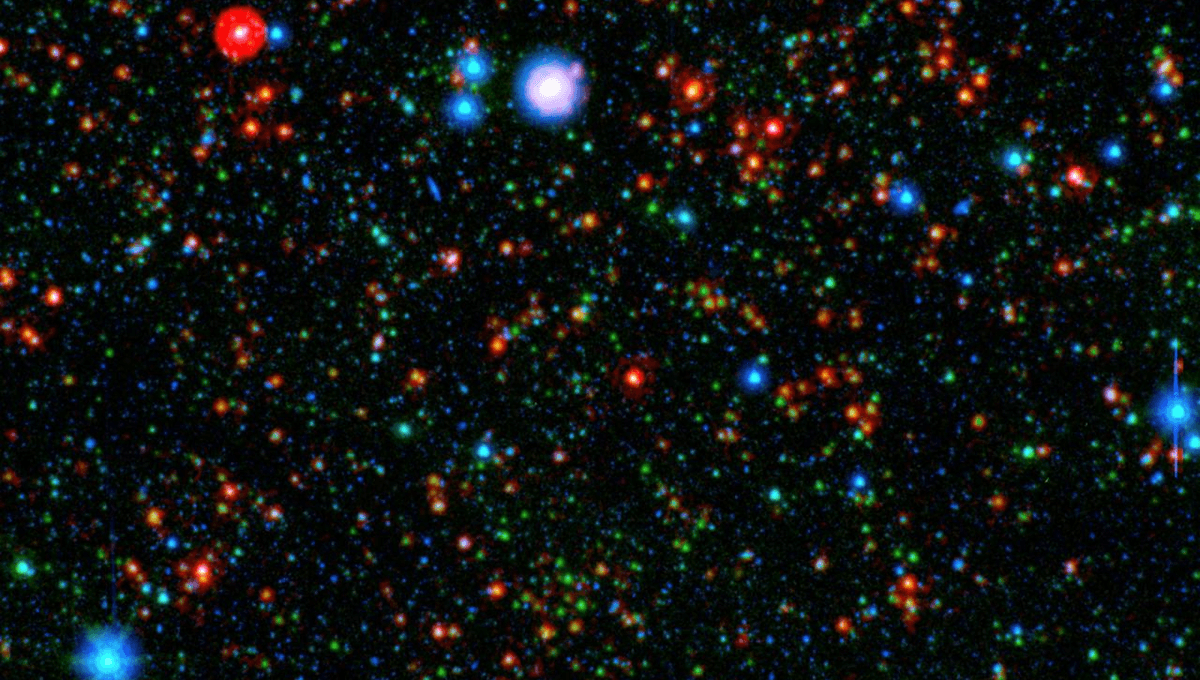
One of humanity’s great coming-of-age moments was the realization that the Sun is a star, falling somewhat unexceptionally within the range of those we see; made special only by our relationship to it. However, stars are not clones of each other. So do all other stars count as suns? Do any? If only some do, which ones? There are no universally accepted answers, but we can explore.
As with so many things, astronomical categories seemed so easy before we learned more about them. There was THE Sun, THE Moon, five planets, and thousands of stars. We had to make up stories to explain what they were, but it wasn’t hard working out which category something fell into.
What is a sun?
Then things got messy, as anyone bruised by Pluto’s deplanetation can tell you. New categories like asteroid and dwarf planet were created and not everything fitted neatly. Objects circling other planets got called moons, rather than having a new term created, although we do also use “satellite”. Our own moon may still be The Moon to us, but some quite insignificant chunks of rock and ice orbiting the gas giants get rated moons as well. Only when we learned of objects with a more casual association with their planets did we create a new category, quasimoon.
As we started to learn the scale of the universe and grasp the nature of stars, it became clear that the Sun clearly belongs in that stellar category. It’s not typical exactly – there are far cooler and less massive stars than there are ones of the Sun’s brightness or greater, but if there’s anything truly exceptional about it, we have yet to discover it.
Most categories are made up by humans to make it easier for us to understand an essentially fuzzy universe, rather than being surrounded by immutable boundaries. So if we had wanted to, we could have all agreed that “The Sun” was a specific name for the star Earth orbits, not to refer to any other body.
Some people do believe this. Website Little Astronomy states: “Using the term sun to refer to any other star is incorrect. Sun is not a synonym for star.”
However, language changes with usage. The use of “Sun” to describe stars very like our own is now so widespread that those clinging to the belief that the word Sun should be reserved for one star only are the minority. Stars that are reasonably Sun-like are often referred to as other suns. As one example among many, when people refer to a famous scene in the original Star Wars, they talk of the setting of Tatooine’s “twin suns”.
If you’d prefer the word of authority in a case like this, rather than democracy, consider NASA’s children’s website: “Many other solar systems have multiple suns…”
Which stars count?
Some stars being suns doesn’t mean they all are.
The Merriam-Webster dictionary offers “A celestial body like the sun; star” as one acceptable definition. Note the “like the sun” part. There’s no official designation of how Sun-like a star needs to be to be called a sun, instead, it’s a matter of the way speech has evolved. Many science fiction books have been set on planets orbiting Tau Ceti, the most similar star to the Sun in our near vicinity. These often refer to it as a sun. Few scientists would argue.
On the other hand, it’s unlikely anyone would call a white dwarf, a dead star radiating its remnant heat but no longer undergoing fusion, a sun. Likewise for a neutron star. Then again, if that’s what you want to do, no one has the right to stop you.
In general, however, stars only get referred to as suns if they have at least two characteristics: they’re still fusing elements, releasing heat in the process, and they are orbited by planets.
Just meeting those criteria, however, doesn’t mean everyone will welcome a star into the club.
Brown dwarfs, for example, are not massive enough to join the main sequence by fusing ordinary hydrogen. They still (barely) qualify as stars because they fuse deuterium, which requires less pressure. However, deuterium is so rare stars that like this don’t do very good Sun impersonations.
Stars that have only gas giants orbiting them, rather than planets astronauts might one day stand on, are also less likely to be looked upon as suns. Part of the usage seems to be to imagine aliens or future colonists getting to watch sunrises and sunsets. Starsets just sounds wrong.
Other people would be more restrictive. Red dwarfs (M-type stars) are definitely stars, and we know many of them have orbiting planets with physical characteristics similar to Earth. Yet they’re not all that Sun-like. We’re still not sure if it is possible for life to exist in their vicinity. Planets need to huddle very close to be warm enough to such faint stars for liquid water to be present, but at such close ranges may have their atmospheres stripped by the frequent flares. Given all that, many would question calling them suns.
It’s up to you
Ultimately, this is a case where people make the rules, and on the assumption that all our readers are people, we say it’s up to you. If you want to consider there to be only one sun, that’s your right. The same if you want to call even white dwarfs suns, but in either case you’d be very much an outlier. Feel free to stand strong in your convictions, but don’t expect many allies. As to whether some modestly Sun-like stars deserve the name – use at your discretion.
Source Link: The Sun Is A Star. But Is Every Star A Sun?